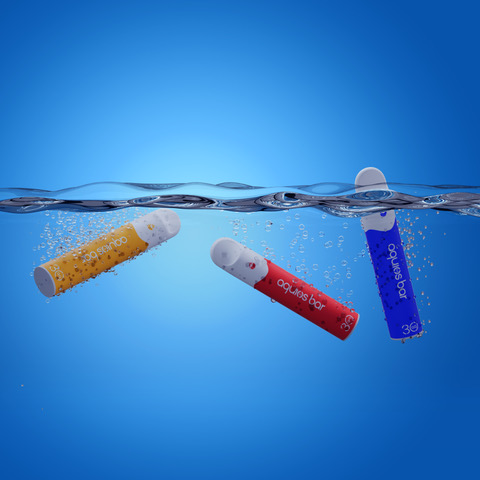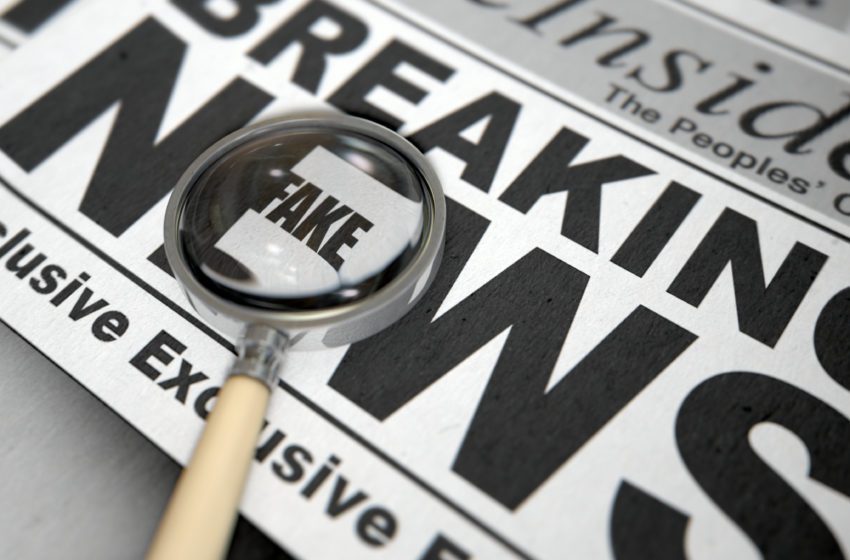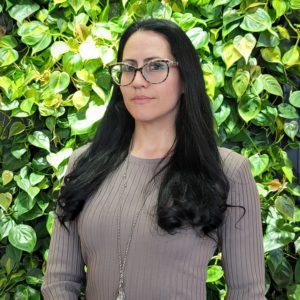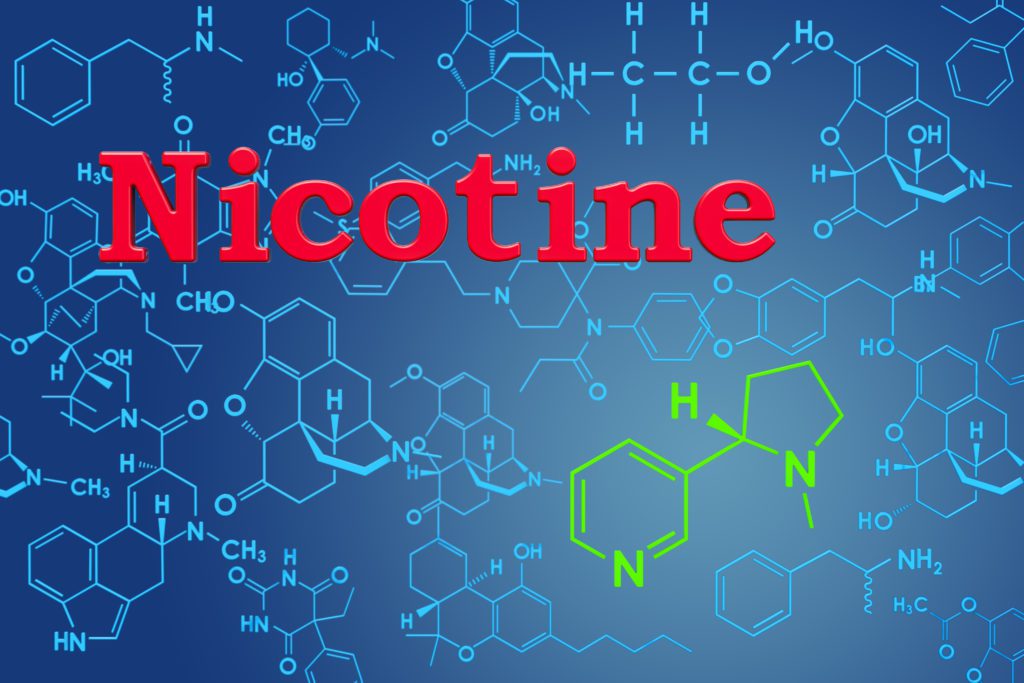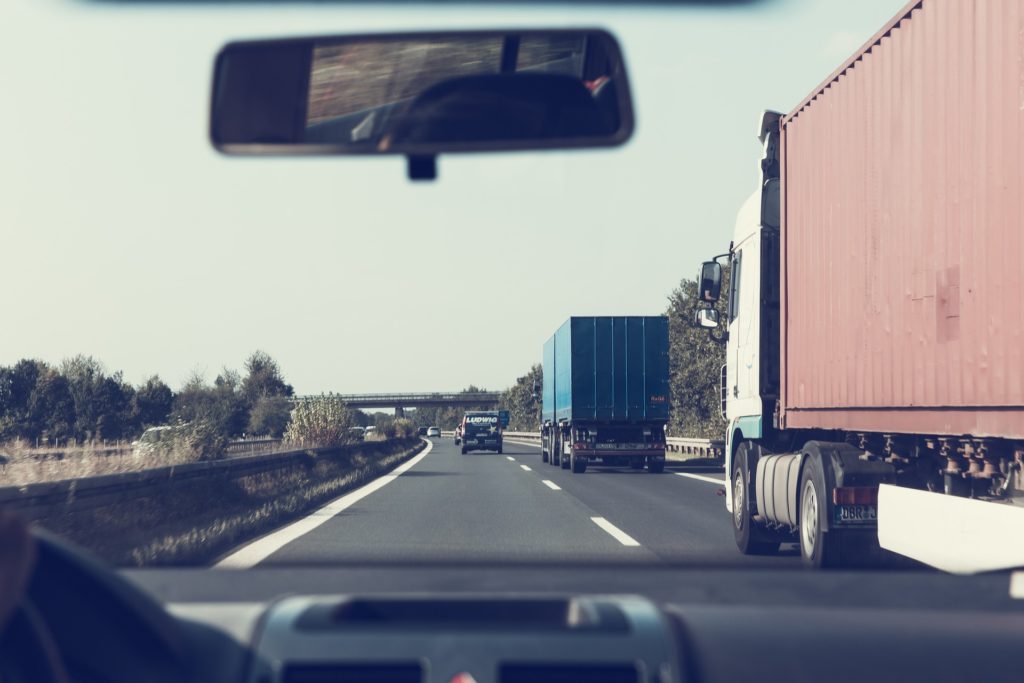
An entrepreneur is using his business acumen to reinvent the convenience store experience.
By Norm Bour
The one thing we can all agree on is that the vape industry has been in a constant flux, peppered with an occasional crisis. The once “easy to operate,” unregulated business from a decade ago has morphed into a highly regulated (with more to come) struggle to stay ahead of the U.S. Food and Drug Administration and maintain their competitive position in a very crowded, ever-evolving market.
“I think it’s easy to see where the market is going,” claimed Nathan (Nate) Coccimiglio, who has been in the business world for almost 15 years. “But besides having the vision, you need the guts to make a change and the capital to implement [that change].”
Coccimiglio hasn’t always had the complete package, but as he just crested the age of 40, he has had his share of victories along with the inevitable defeats along the way. However, now, he feels as prepared to go forward as he’s ever been. He’s been a mainstay in the Salt Lake City business community and had a journey through nutritional supplements, enhancement pills and even owned a storage facility for precious metal and bullion.
“I saw an opportunity in that space, so I took it and grew it into a multimillion-dollar company. I did the same thing with vapes when I ventured into that in 2012,” he said. “In 2007, my life took a serious detour when I got hit on my motorcycle on the interstate doing 80 mph. I was running an electrical contracting business and suddenly that all went out the window. I wasn’t able to do certain hard labor like I used to, and suddenly, I had to reinvent myself,” he shared. “That forced me into starting my own business.”

Coccimiglio began with vitamin supplements and enhancement-type pills, which he started selling from his home and later expanded into a second location in Tucson, Arizona. That location got burglarized, and the entire inventory was stolen. Once again, he had to backtrack and dig in at his home office.
Even after adversity, in less than two years, Coccimiglio generated over $5 million in annual sales, and he sold that business just a few years later.
“I look back and wish I had kept that one,” Coccimiglio confided. “I was in my mid-twenties and didn’t know then what I know now. It taught me lots of lessons about what to sell, how to sell and what to stay away from.”
The cash from the sale, along with his passion for metals and the business experience, gave him confidence to start a private vault company. He started storing and warehousing bullion in 2012. The company stored platinum, ore and worked with several mines in Utah storing hundreds of millions in metals.
However, Coccimiglio was still intrigued with supplements and accessories and decided to open an e-liquid company called Tronic Vape. He also created a few other lesser known brands.
“E-liquid was easy back then,” he laughed. “Just a simple 10 mL bottle filled with liquid, which we made with no restrictions or regulations at all. We also imported little e-cigs from overseas that I thought were the hottest things. Even though there was minimal regulation, we implemented our own and insured our products with Lloyds of London and had full liability coverage.”
Coccimiglio continued to manufacture his e-liquids until 2018. Over the years, he private labeled for other companies as well. That was when he opened his first vape shop: Draper Vaper, in Draper, Utah.
I visited that shop and can verify that it was over-the-top beautiful and a true testament to the possibilities of a high-end vape shop. He also opened a second location and phased out of private labeling to focus on his retail locations and to grow his wholesaling opportunities.
Coccimiglio also offered his experience and knowledge with other shops in the area along with taking an ownership interest with a few that he believed could be successful. He also got involved with many of the vaping advocacy associations to help support the industry. He even served a stint as president of the Utah Smoke-Free Alternatives Trade Association.
Coccimiglio has been challenged with many of his fellow vape entrepreneurs, who he says have closed minds and unwillingness to change.
“When they say they are vape only and will stay that way, I just roll my eyes and walk away,” he said. “If there is one thing I have learned from entrepreneurship, [it] is that you either adapt or die. I started saying that almost 10 years ago when I saw smoke shops carrying vape shop products.”
He sees standalone vape shops as being a “thing of the past” and instead all-around “vice shops” will carry any and everything that people want.
“We’re all playing in Big Tobacco’s sandbox,” he lamented. “It’s inevitable that they will control the vape industry over time. If every single one of our vape businesses banded together, we’d still be outmanned, outgunned and out financed.”
Over the years, Coccimiglio has almost divested out of his vape businesses and is now evolving into his version of where the future is going.
The key word is “almost” since he still has one shop left, which has added CBD, alternative products and adult novelties. He went back in time with his version of a “build-your-own” flavor station and offers flavors for his customers to create their own e-liquids.
Coccimiglio believes that flavoring for e-liquids will universally be stopped through regulation. However, his new shop, Alt21, located in Murray, Utah, may be on to something. It also offers clothing, glass, kratom, e-juice and pretty much anything anyone would want.
Coccimiglio also sees convenience stores taking over a larger share of these types of products. “For years, they’ve been looked down upon,” he said, “but c-store owners are pretty smart. They look down the road and many times band together to totally change the market.”
Coccimiglio currently manufactures a product for them, Kush Kubes (a brand of Delta-9 and CBD-enhanced gummies) and sells them domestically as well as overseas.
“We’re a manufacturer/distributor right now, and rather than taking new products to old markets, we’re trying to lay new ground and create new markets for our stuff. We see gas pumps coming out of the ground and c-stores looking totally different in the future. They have so much exposure and visibility right now; it’s up to us to find things for them to sell.
“We want to sell less SKUs to more markets rather than load everyone up with a surplus of things they can’t sell. If you can’t recognize opportunity, then you’ll always miss it,” he said. “I don’t think I have a magic eye; it’s just a matter of who has the bigger pockets and how can we do business with them.”
That is how a survivor thinks.
Norm Bour is the founder of VapeMentors and works with vape businesses worldwide. He can be reached at norm@VapeMentors.com.



